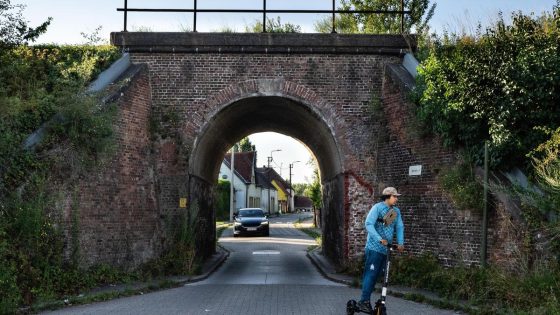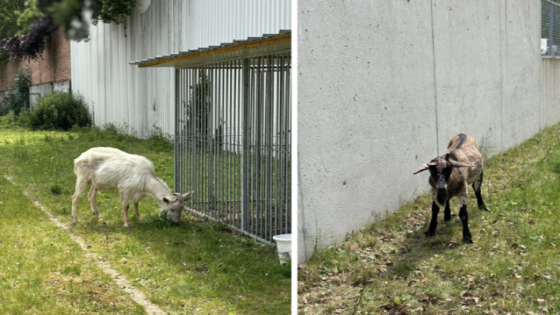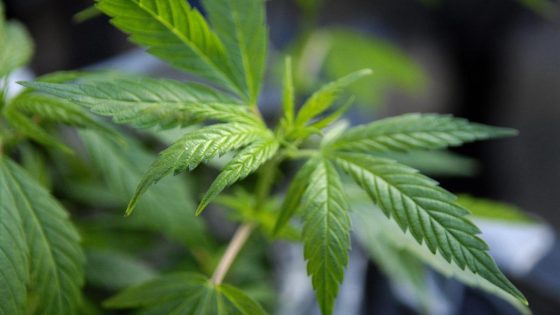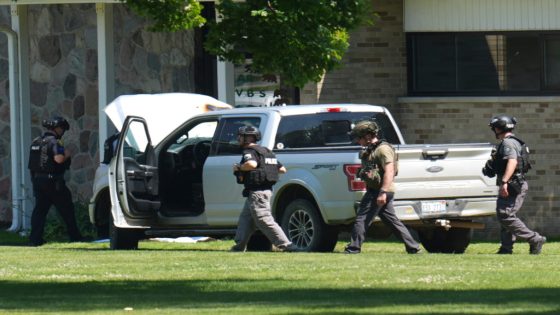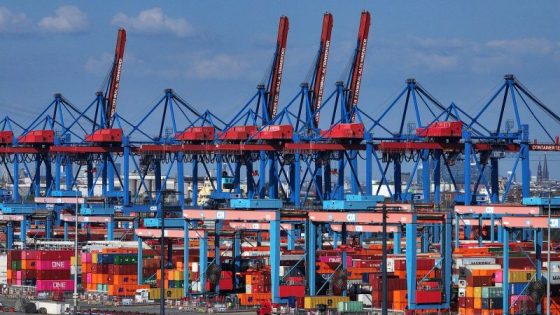The Boerenhol, a small yet historically rich passage in Wetteren, offers a unique glimpse into Belgium’s evolving social landscape. This unassuming railway underpass, linking Ghent and Brussels, has witnessed profound changes since its inauguration in 1837. On 2025-08-02 03:59:00, the spotlight turns to this area as part of the summer series “Van Paradijs tot Krottegem,” highlighting places that seem ordinary but reflect significant societal shifts.
- Highlights societal changes in unnoticed local places
- Describes Boerenhol tunnel's historical significance
- Reflects on textile industry's local decline
- Introduces diverse current Boerenhol residents
- Details cooperative café's community role
- Emphasizes cultural events and local engagement
Once a bustling hub near the Beernaerts textile factory, the Boerenhol carries stories of past industrial might and early labor movements. Today, it serves a diverse community, including Ukrainian refugees and international residents, underscoring Belgium’s changing demographic fabric. But how does this small street encapsulate broader Trends? And what does its future hold amid modern urban pressures?
Exploring these questions reveals much about local identity and resilience, setting the stage for a closer look at the Boerenhol’s role in contemporary Belgian life.
What makes the Boerenhol so significant today? It is more than just a narrow tunnel; it is a microcosm of transformation:
- Historical roots in Belgium’s textile industry and early labor strikes.
- Current multicultural residents, including Ukrainian refugees and Danish newcomers.
- A cooperative café serving as a social centre, preserving community spirit.
- Challenges of urban development, such as traffic changes and lost industrial infrastructure.
Looking ahead, the Boerenhol invites US to rethink how small urban spaces can foster inclusion and heritage preservation. Could more Belgian communities follow this cooperative model to strengthen social ties? Engaging with such neighbourhoods might just be the key to a more connected future.



